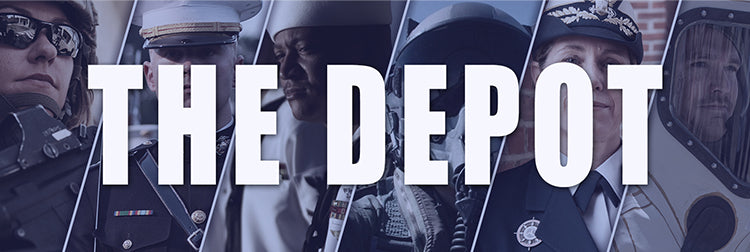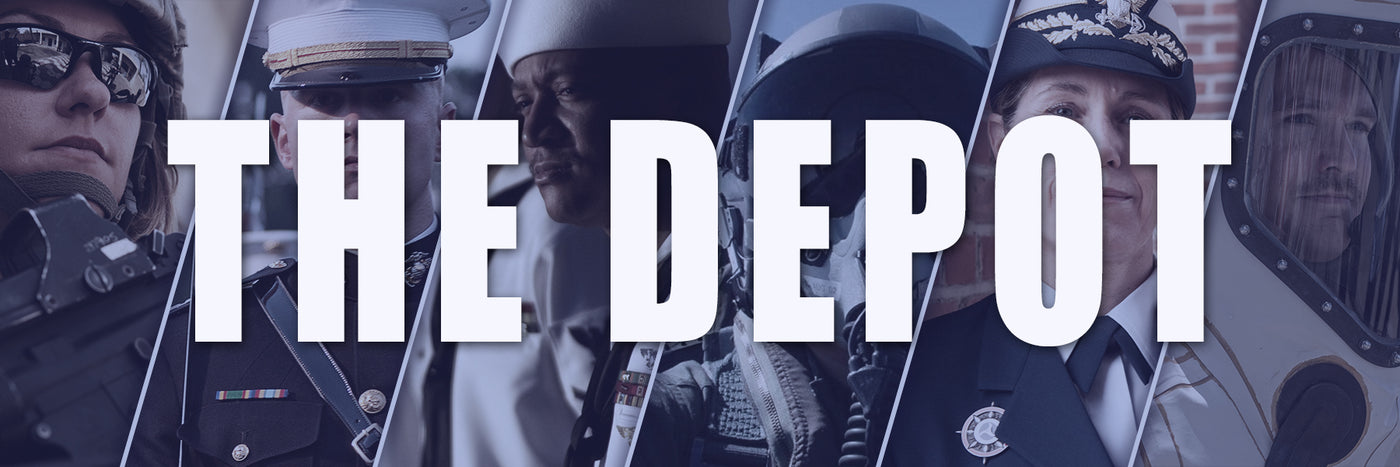
Four Legged Heroes: A K9 Veterans Day Deep Dive
While there have been a lot of educated guesses, there is little proof of when dogs were first used as a tool for military forces. Some researchers have said the...
Blog Staff |
ARMED FORCES SUPER STORE 1-877-653-9577 | 8 - 7 CST MON-FRI



While there have been a lot of educated guesses, there is little proof of when dogs were first used as a tool for military forces. Some researchers have said the...
Blog Staff |